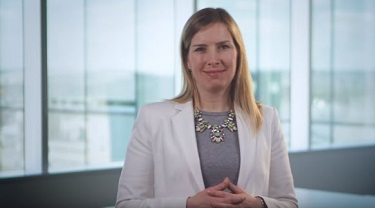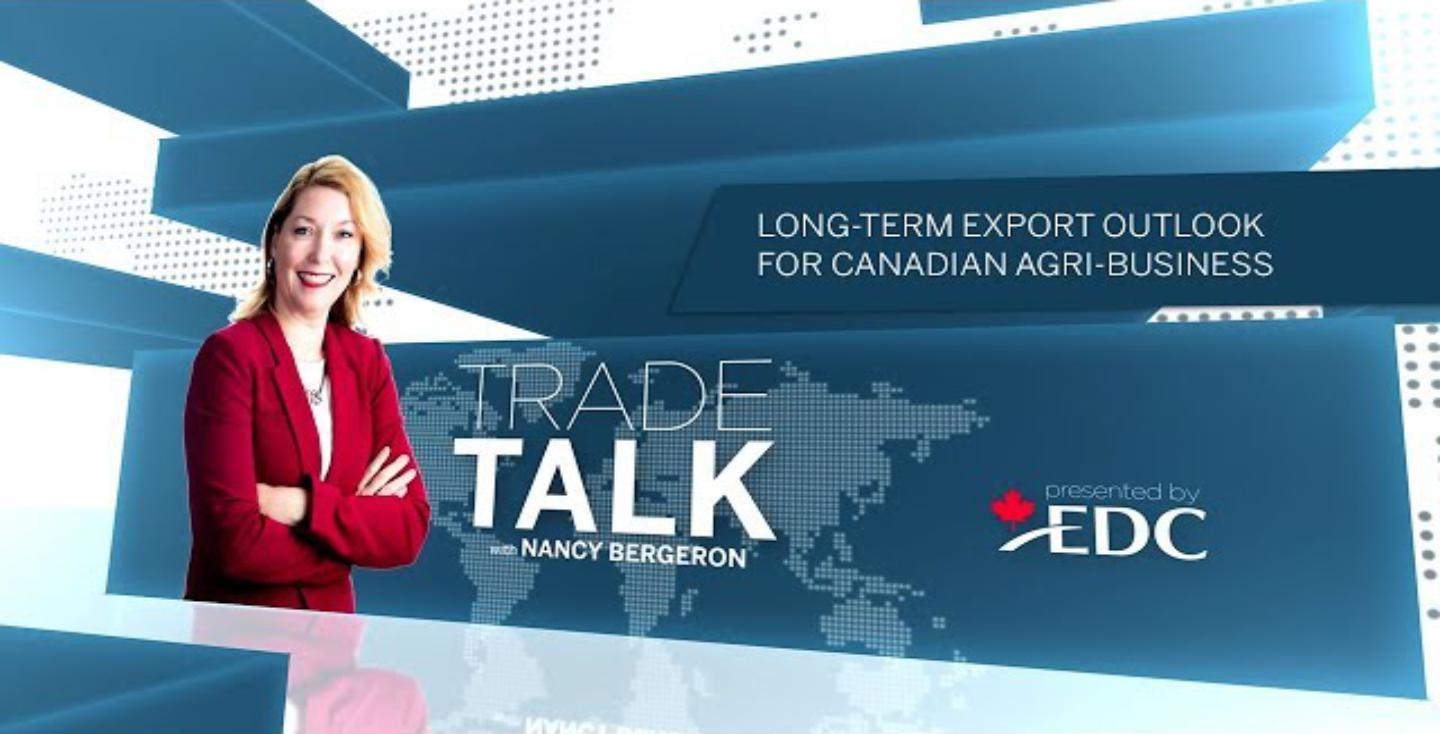If you’re an exporter, showcasing your products abroad can involve taking demonstration samples across international borders and bringing them back to Canada. Whenever you do, you’ll have to deal with local customs authorities, or a customs broker, and you may need to pay import duties on your samples. This fact sheet will show you how to manage these issues with minimal trouble and expense.
To avoid paying customs duties and taxes when taking samples physically across a border, you can:
- Use an ATA carnet
An ATA carnet is the most convenient way to avoid duties on your samples. Carnets are accepted in more than 80 nations worldwide and allow the temporary, duty-free entry of goods into the country. You can apply for them through the Canadian Chamber of Commerce, which has a useful FAQ on how carnets work.
- Use temporary importation bonds (TIBs)
You buy a TIB from a customs broker when your samples enter the country. The bond relieves you of paying customs duties, provided you remove your goods from the country within a specified time. Once you’ve done so, the cost of the bond will be refunded to you, although you may not see the money for several months. If you miss the deadline date, you’ll forfeit your bond and will also have to pay the duties and taxes that apply to the goods involved.
- Use duty drawback
To use duty drawback, you register your demo samples with local customs and pay the duties and taxes that normally apply to the goods. When you leave, you present your samples and the drawback documentation to customs and claim a full refund. As with TIBs, considerable time may pass before you see your money.
If you don’t want to deal with the customs authorities yourself, a customs broker can likely handle the procedures and documentation for you. Some freight forwarders will also manage customs requirements and the associated paperwork on behalf of their clients.
If your products are reasonably portable, getting them to a trade show or to a prospect’s location can be quite straightforward. But if they’re not, taking them abroad for demonstration purposes may be very difficult or even impossible. Your best answer here may be to use presentation technologies—computer-based demonstration tools that can range from 3D renderings of a product to leading-edge, virtual reality (VR) environments.
- Computers and product demonstrations
Relatively inexpensive computer technologies can now create high-quality, sophisticated product demonstrations. This eliminates any need to have the actual product on hand and can be used to showcase products of virtually any size, cost or complexity. Based on photorealistic, interactive 3D models, these demos are common at trade fairs. Equally important, they can be taken to a prospect’s office on a sales representative’s laptop.
- Virtual realities
Virtual reality (VR) environments are computer-generated worlds that use multimedia headsets and other hardware to immerse the user in a virtual environment. Leading-edge VR can also allow users to manipulate elements of the simulated world that surrounds them.
VR’s immersion capabilities may be its most powerful feature in a sales and marketing context. Properly executed, VR can establish an almost emotional relationship between the user and the products or personalities being demonstrated in the simulated environment. And since the goal of any sales message is to have a powerful and memorable impact on the user, the marketing potential of VR becomes even more striking.
That said, VR is so new to the business world that several years may pass before it becomes a mainstream marketing tool. Depending on your future needs, though, it might be worthwhile to begin exploring the potential of VR for your company.
- Use Canada’s good reputation to your advantage
Canadian agricultural products have an excellent reputation globally. Be sure to include Canadian branding on your products and communicate it verbally as well. “If Canadian businesses are able to provide products of similar quality to their competition, having the Canadian brand associated with it makes a difference,” said Edgar Baum, CEO and chief brand economist at Strata Insights Inc. “There’s a great opportunity there for Canadian companies to exemplify excellence.”
- Differentiate yourself
If your product is different from those of your competitors, use that difference as your competitive edge and exploit it in your labeling and marketing. If your vegetarian patties use quinoa, a protein-packed super-food, instead of wheat, be sure to emphasize that in your marketing material and even at your booth.
- Consider co-branding:
“The wonderful thing about co-branding is that it enables two or three organizations to convey perceptual qualities that can provide a difference in the marketplace,” Baum said. “Co-branding allows companies to take their local recognition and scale it up.” At a trade show, this can be done by joining forces with like-minded Canadian companies that aren’t competitors — say a pulse purveyor, a beef distributor and an apple producer.







